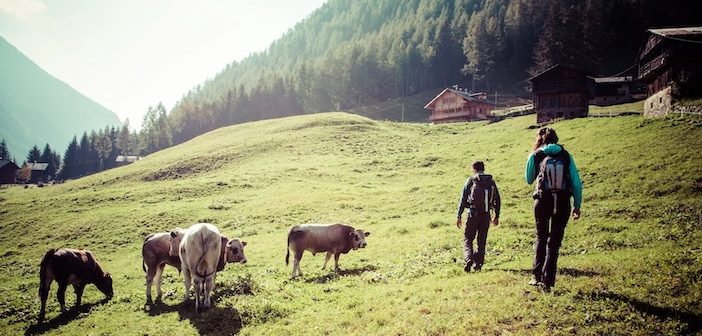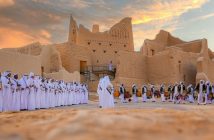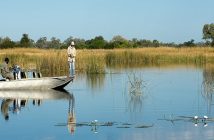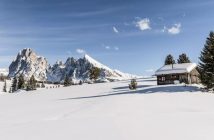Steep-roofed chalets; wooden balconies overflowing with geraniums; mountains and pine trees, waterfalls and lakes: we’re in Austria or Switzerland, surely. Well, as it happens, we’re not. This is Trentino that, along with neighbouring South Tyrol is as far north as you can go before leaving Italy.
In fact, the similarity with Austria is not so surprising because until the end of the First World War, this was indeed part of the Austrian Empire. There is still a lot of German spoken alongside Italian (and a unique Latin-based local language, Ladino) and it is this blend of Italian and Austrian that has produced a unique culture. And it is one that is based around mountain life and, especially, the forests.
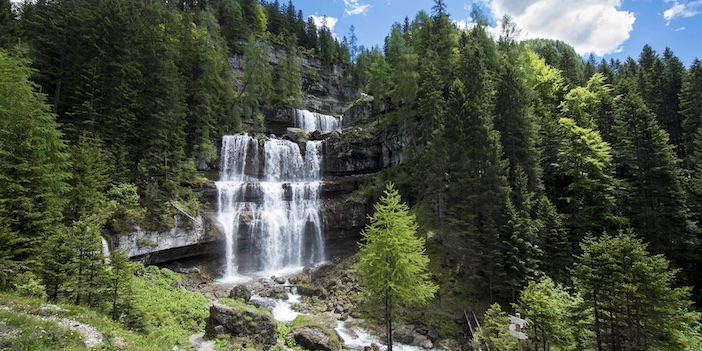
The forests were declared the property of the people of the region by Prince Bishop Henry of Metz in 1314 and they have remained so to this day. The Prince Bishops remained, too, as the rulers of the region till 1803; while the forest and all it contains remains the property of the Fiemme Community. So if you’ve lived in one of the 11 little towns of the region for at least 25 years, you can take your cattle to its pastures, cut wood from the forest, hunt and fish. You can also vote in how the forest revenue is spent and the community has built roads, hospitals and schools on the proceeds.
If you’re keen on the great outdoors, the freshest of air and dramatic mountain landscapes, Trentino should definitely be on your list. In the winter it is, of course, a ski and winter sports destination but it’s just as good the rest of the year, especially if you’re keen on long walks. You can trek between mountain huts, for instance, for star watching in skies free of light pollution. The huts cater for long-distance hikers so be prepared for hearty mountain food and fairly basic accommodation – sleeping arrangements are pretty communal.
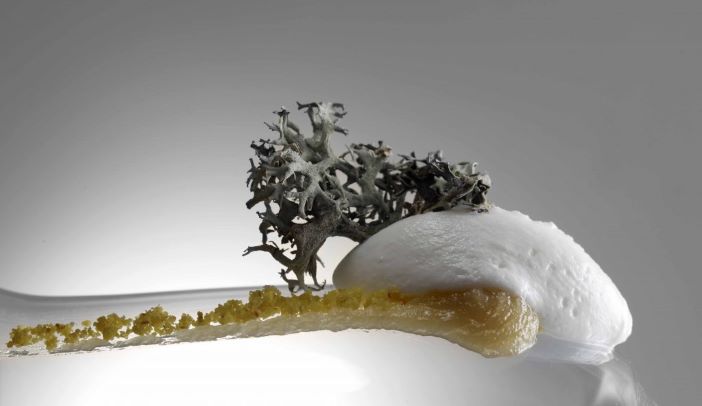
Of course, there are much more elegant options and foodies should visit the extraordinary El Molin restaurant. Based in an old mill, Michelin-starred chef, Alessandro Gilmozzi takes traditional ingredients to a whole level in his tiny restaurant in Cavalese. He scours the forests for what sound like the most unlikely foods that turn into magic on the plate. I tried a dessert that included resin sorbet (from the pines) and candied lichen – quite delicious!
And that’s not the only surprise that awaits in the forest. There’s the bio-mass plant (sustainably using the forest) that heats the villages around Cavalese. On the side, they distil essential oils from the trees, using the steam that would otherwise have been wasted in the process – nothing is wasted here and the plant’s slogan is “Everything deserves a second chance”. Even steam.
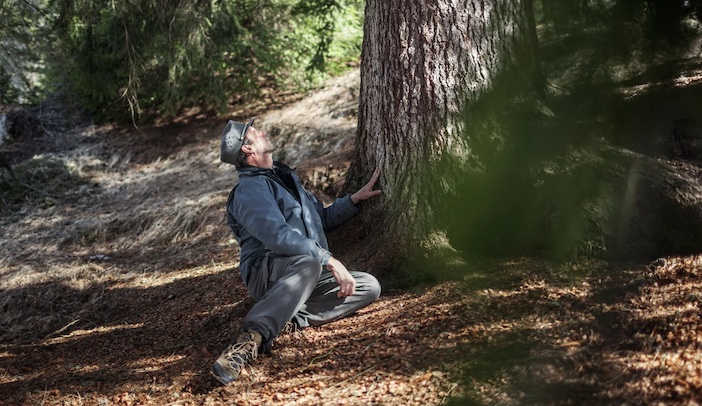
Alongside the more predictable uses for the wood – furniture, fuel, house building – is the rather less expected. Music. Or to be more precise, sound boards for musical instruments – basically anything with strings from lutes to violins to grand pianos. For centuries – and this is the place Stradivarius sourced the wood for his violins – the forests of Trentino grow certain trees that have unique properties for instrument makers. The red spruce that grows here has light, elastic wood that is perfect for sound boards. But it’s not every red spruce that makes the grade and there are stories of violin makers and musicians walking through the forest banging on trees to test the vibrations.
Once cut, the best pieces are left to season for years before they are carved into shape, first in huts in the forest and then under the watchful eye of specialists like Fabio Ognibeni. You can visit his showroom, Opere Sonore, in Tesero where he has now invented and sells unique speakers for your music system at home. These are made not of the usual plastic but of this same wood that is used to create musical instruments.
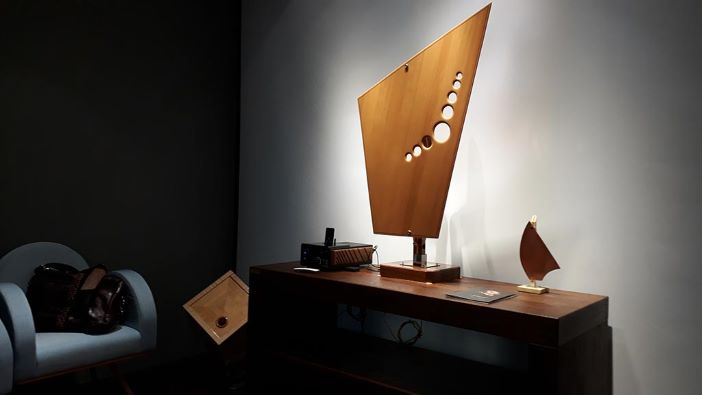
The results are phenomenal. When Fabio ran some Chopin through his system, it truly did sound like the piano was in the room. There aren’t many of these speakers around and they will cost upwards of £4000 for a pair. Andrea Bocelli, no less, has them and believes the system “listening is always lie and music has depth, it has a soul, like in a concert hall.”
Trentino, it seems, is full of surprises.
For more information about Trentino, and to plan your trip, visit the official Trentino tourism website here.

